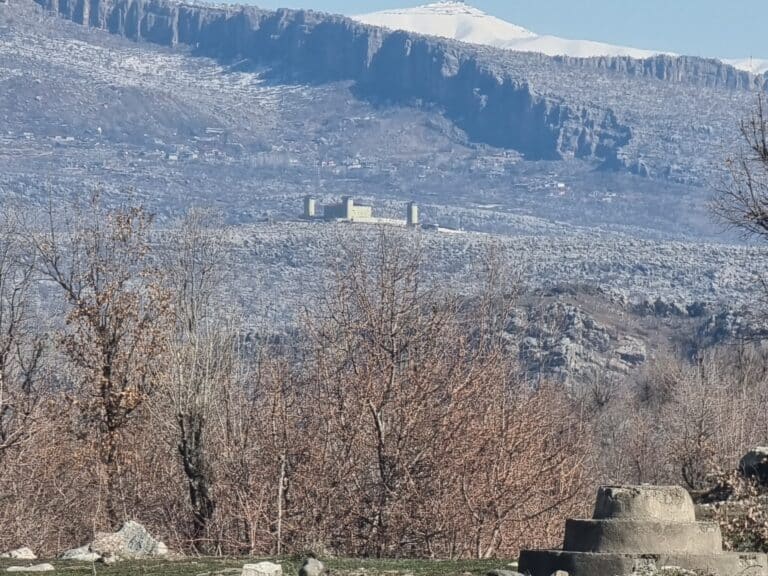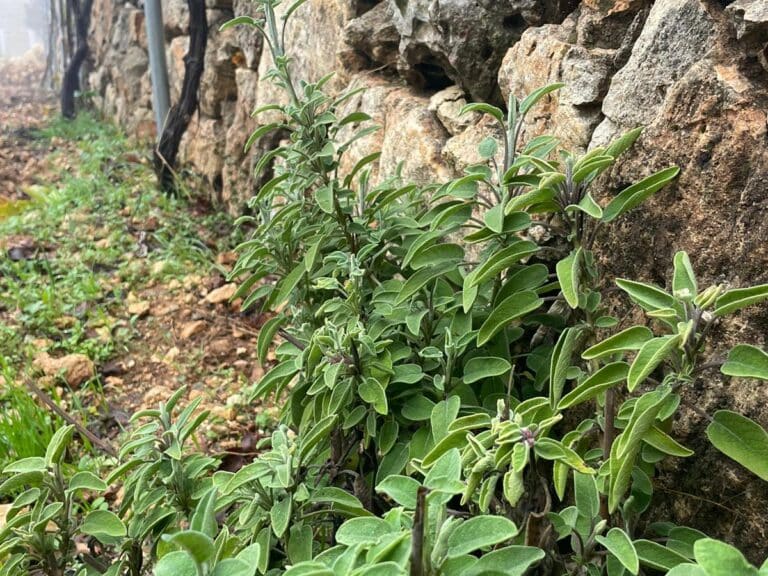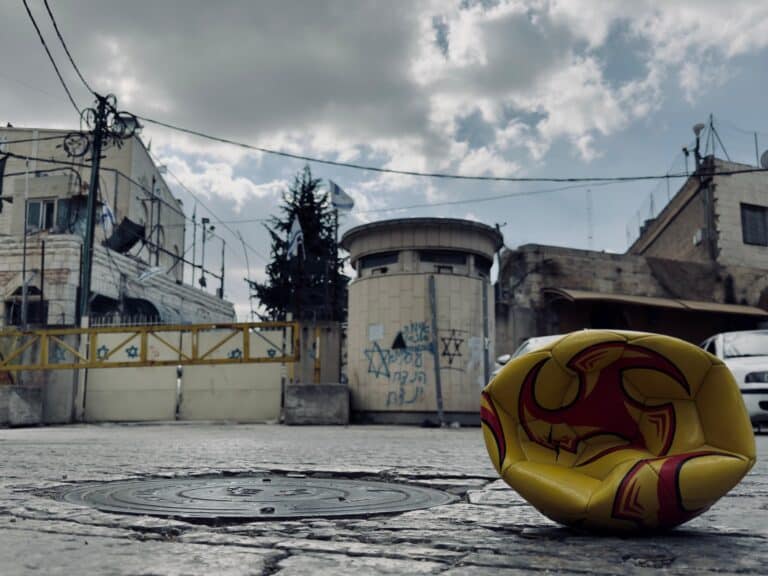CPTnet
10 June 2011
ABORIGINAL JUSTICE REFLECTION: Stories from Grassy Narrows
by Tim Nafziger, with Peter Haresnape
During my delegation to Treaty #3 Territory [northwest Ontario, Canada] in April this year, I saw the continuing effects of the 500-year history of colonization and genocide on this continent. It’s a testimony to the effectiveness of white settlement and ethnic cleansing; I had never come face to face with these realities before in a personal way. I’ll share two particular stories with you.
Fred* grew up following the trap line with his family in the winter. The Canadian Mounted Police took him as a child from his family to a residential school where staff beat him if he spoke his language. He watched other children die in that place. Over 150,000 First Nations, Métis and Inuit children attended church-run residential schools, which became compulsory in 1920. Recorded mortality rates in some reached 69% through a combination of poor nutrition, brutal discipline, disease, abuse and neglect. The last one closed in 1996.
Eventually, Fred was able to rejoin his family and returned to hunting and fishing. Then, in the 1960s, the Dryden Chemical Company dumped 9,000 kilos of mercury into the English River water system. Consumption of mercury-contaminated fish over a sustained period causes permanent damage to the nervous system. When the environmental disaster was finally made public in 1970, the government responded by immediately closing down commercial and sports fishing in the area. The loss of fishery jobs instantly devastated the local economy, with unemployment going from 10% to 90%. (1)
Beyond its social and economic impact, the ban fundamentally affected Grassy Narrow’s cultural life. Fish was a staple food, and eating it was a traditional way of life for the community. Fred continued to fish from the lake. Today he has prominent signs of Minamata disease, with symptoms such as slurred speech, shaking hands and an unsteady walk. Many others in the community show symptoms, but only 38% of these receive any compensation. (2)
Jay* was walking home from school one day on the reserve when a car pulled up beside him and asked if he wanted a ride home. But the car didn’t take him home. It took him to a foster home, and at age 13 he was put on national television as part of “Family Finder.” At age 14 he was paying rent. It wasn’t until his mid-twenties when he finally went back home to Grassy Narrows.
Jay’s story is not an isolated one, or even an unusual one, as appalling as it is. It is part of an ongoing process destroying language, identity and culture by targeting indigenous children. As the residential school system began to decline, child welfare agencies increasingly relied on fostering. In 1959 1% of indigenous children were removed from their parents, but by the late 1960s it was 30-40% (3). Today, indigenous children are three times more likely to be in state care than non-indigenous children (4).
Charles Wagamese of Grassy Narrows describes his view of the foster system (5) as a clear-cut in their way of life; undermining culture through destroying intergenerational relationships just as intensive logging destroys whole ecosystems through removing the trees. Understanding the many layers of oppression that colonialism inflicts on communities like Grassy Narrows is a necessary part of standing in solidarity with them. Learning this history is the first step of working to undo these oppressions.
* Names changed
(1) https://canadiandimension.com/blog/2915/
(2) https://canadiandimension.com/blog/2915/
(3) Fournier and Crey, 1997, p. 83, quoted in https://www.uwindsor.ca/criticalsocialwork/the-sixties-scoop-implications-for-social-workers-and-social-work-education





